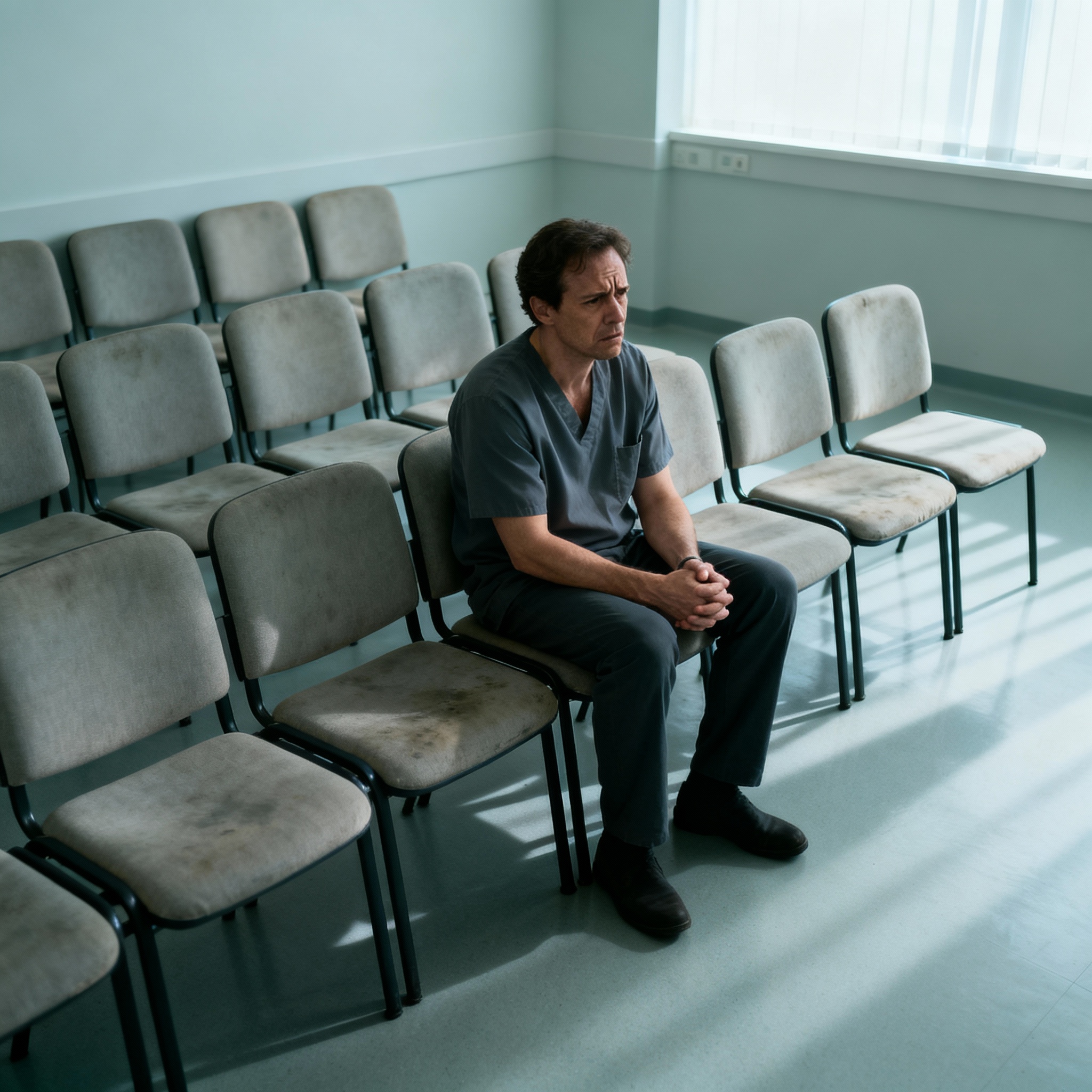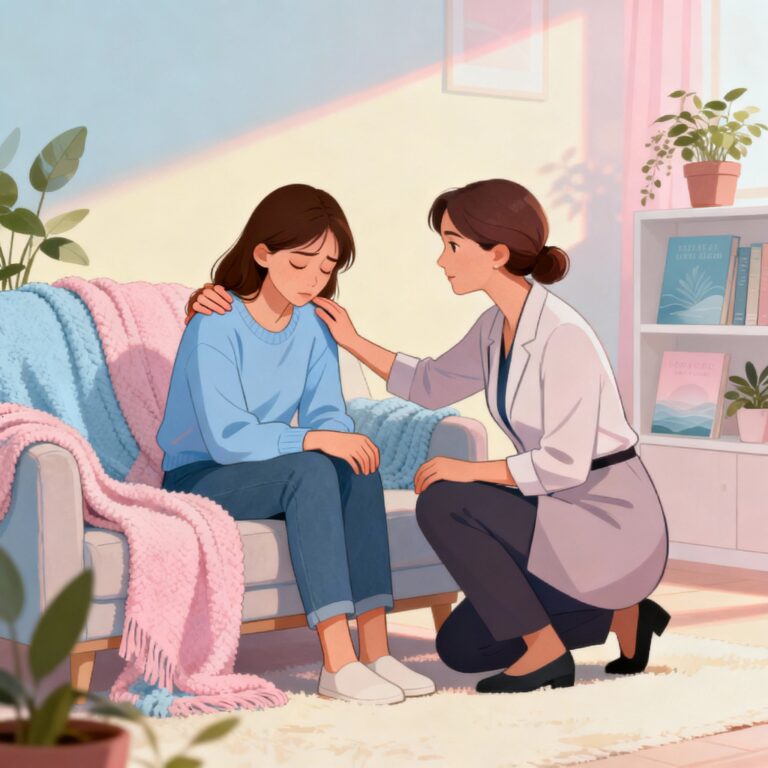Recent national data has revealed a troubling reality: Mental Health Treatment is not meeting the needs of millions of adults in the United States. Despite increased awareness and advocacy, only 50% of adults diagnosed with a mental illness received any form of Mental Health Treatment in the past year. With persistently high rates of depression, anxiety, bipolar disorder, and substance use issues, these statistics expose glaring gaps in the American healthcare system’s response to mental health challenges.
The Scope of the Mental Health Treatment Crisis
Experts report that more than 57 million US adults live with at least one mental health condition. Nevertheless, barriers such as lack of insurance, stigma, provider shortages, and long wait times continue to prevent access to timely Mental Health Treatment. The untreated consequences are severe: individuals may experience job loss, relationship breakdown, diminished quality of life, and increased risk of suicide.
Disparities persist across racial, economic, and age groups. Black, Hispanic, and Native American adults are significantly less likely to get effective Mental Health Treatment than their White counterparts. Rural communities face additional hurdles, with few providers or support programs available locally. For older adults, mobility limitations and social isolation further restrict access to care.
Systemic Roadblocks to Effective Mental Health Treatment
Mental health advocates emphasize several key obstacles impeding broader access to Mental Health Treatment. Insurance plans often exclude or limit mental health care, resulting in out-of-pocket costs that many Americans cannot afford. Workforce shortages mean that even those seeking help may wait weeks or months for appointments. The stigma surrounding mental illness remains powerful, deterring individuals from seeking support or speaking up about their struggles.
Primary care doctors—often the first point of contact for most adults—report time constraints and a lack of specialized training for complex mental health diagnoses. Without integrated care models, patients can fall through the cracks, receiving fragmented services that fail to address the full scope of their needs.
The Human Toll of Inadequate Treatment
The failure to provide adequate Mental Health Treatment has lasting consequences. Adults unable to get help often experience worsened symptoms, impaired work or social functioning, and higher rates of hospitalizations or emergencies. Suicide rates are rising, particularly among middle-aged and older adults, with untreated mental illness a leading risk factor.
Family members and communities also bear the burden. Workplaces lose productivity and endure absenteeism. Social programs face increased demand from individuals coping with untreated mental health issues. The negative economic impact is vast, costing billions in lost workdays, disability claims, and emergency room visits.
Strategies for Improving Access to Mental Health Treatment
Fortunately, new initiatives are on the horizon. Teletherapy and online counseling services have grown substantially, expanding options for those in remote or underserved areas. Policy makers are beginning to address insurance gaps with reforms requiring mental health parity—ensuring that insurance covers mental and physical health equally.
National campaigns are working to break stigma, encouraging open conversations and normalizing mental health care. Advocacy groups call for greater investment in provider training, integrated care models, and community-specific outreach programs.
The future of Mental Health Treatment in the US will depend on sustained effort and collaboration among health systems, government, employers, and local communities.
Frequently Asked Questions (FAQs)
What percentage of US adults received Mental Health Treatment last year?
Only 50% of diagnosed adults received Mental Health Treatment in the past year.
What barriers prevent effective Mental Health Treatment?
Insurance gaps, provider shortages, stigma, high costs, and lack of integrated care are major obstacles.
Which groups struggle most to access Mental Health Treatment?
Racial minorities, rural residents, and older adults face significant challenges compared to the general population.
How does inadequate Mental Health Treatment affect communities?
It leads to increased suicide rates, lost productivity, strained social programs, and greater economic costs.



